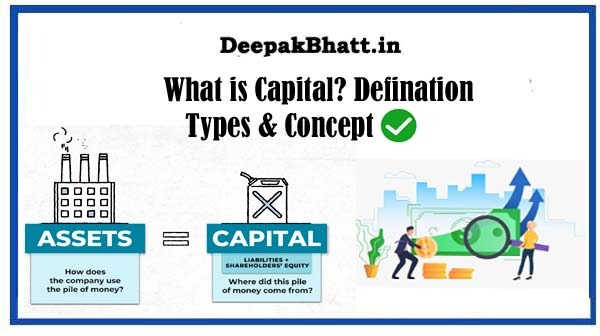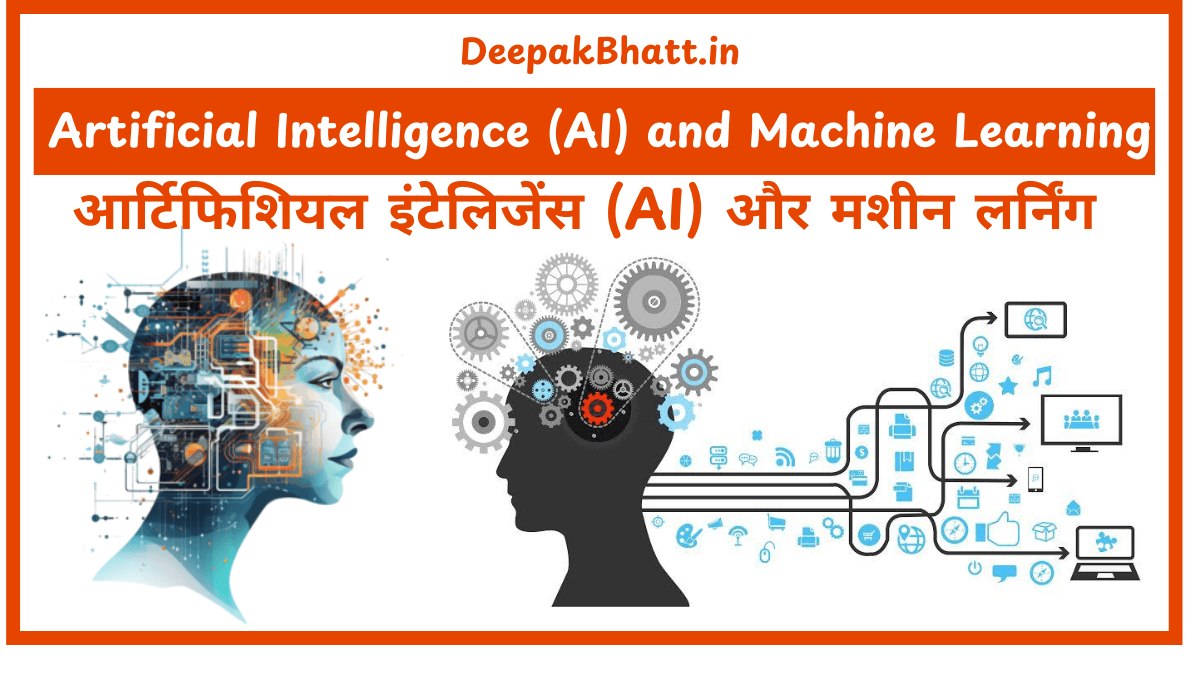What is Capital In the intricate dance of economics and finance, the term “capital” takes center stage.
It’s a word thrown around boardrooms, economic discussions, and financial planning sessions, but what does it truly mean?
Capital is not just a monetary term; it’s a cornerstone of economic systems, a driving force behind growth, and a catalyst for innovation.
In this comprehensive guide, we will unravel the layers of capital, exploring its definition, types, significance, and the pivotal role it plays in shaping the economic landscape.
You May Also Like:
What is Capital?
At its core, capital represents the financial assets or resources available for use in the production of goods and services.
It goes beyond physical currency and includes a spectrum of assets such as machinery, technology, real estate, and intellectual property.
Capital serves as the lifeblood of businesses, enabling them to invest, expand, and innovate.
Types of Capital
1. Financial Capital
Financial capital is perhaps the most commonly understood form of capital.
It encompasses monetary assets, including cash, savings, investments, and any other form of liquid wealth.
Financial capital provides the liquidity needed for day-to-day transactions and serves as the foundation for various economic activities.
2. Physical Capital
Physical capital refers to tangible assets used in the production process. This includes machinery, equipment, buildings, and infrastructure.
Physical capital plays a vital role in enhancing productivity and efficiency, allowing businesses to scale operations and meet growing demands.
3. Human Capital
Human capital represents the skills, knowledge, and expertise embodied in the workforce.
It recognizes that people are valuable assets to an organization.
Investments in education, training, and professional development contribute to the growth of human capital, fostering innovation and adaptability.
4. Social Capital
Social capital emphasizes the value derived from social relationships and networks.
It encompasses the trust, cooperation, and shared values within a community or organization.
Strong social capital can lead to increased collaboration, information sharing, and collective problem-solving.
5. Intellectual Capital
Intellectual capital encompasses intangible assets such as patents, copyrights, trademarks, and proprietary knowledge.
In an increasingly knowledge-based economy, intellectual capital is a key driver of innovation and competitive advantage.
6. Natural Capital
Natural capital recognizes the value of the Earth’s resources and ecosystems.
It includes renewable resources like air, water, and biodiversity, as well as non-renewable resources like minerals and fossil fuels.
Sustainable management of natural capital is crucial for long-term environmental and economic health.
Significance of Capital
1. Facilitating Growth and Innovation
Capital is the fuel that propels economic growth and fosters innovation.
It provides businesses with the resources needed to invest in research and development, acquire cutting-edge technology, and explore new markets.
The availability of capital is often a determining factor in a company’s ability to innovate and stay competitive.
2. Job Creation and Employment
Capital enables businesses to expand their operations, leading to job creation and increased employment opportunities.
As businesses grow, they require more human and physical capital to meet rising demands, contributing to economic development.
3. Enhancing Productivity
Investments in physical and technological capital enhance productivity by providing businesses with the tools and equipment needed for efficient production.
This increased efficiency often results in cost savings and higher-quality goods and services.
4. Fostering Entrepreneurship
Access to financial capital is crucial for aspiring entrepreneurs looking to turn innovative ideas into viable businesses.
Capital allows entrepreneurs to fund startup costs, conduct market research, and navigate the initial challenges of building a new venture.
5. Wealth Creation and Redistribution
Capital plays a central role in wealth creation. Successful investments and business ventures generate returns, contributing to the accumulation of wealth.
However, effective capital allocation also involves considerations of social responsibility and the equitable redistribution of wealth to address societal needs.
Challenges in Accessing Capital
1. Financial Barriers
Some individuals and businesses face financial barriers that limit their access to capital.
This can be due to factors such as a lack of collateral, a limited credit history, or the absence of established financial relationships.
2. Information Asymmetry
Information asymmetry, where one party has more or better information than the other, can impede access to capital.
Lenders or investors may be hesitant to provide capital when they lack sufficient information about the borrower or investment opportunity.
3. Regulatory Hurdles
Regulatory hurdles, including complex financial regulations and stringent requirements, can pose challenges for individuals and businesses seeking capital.
Navigating these regulatory landscapes requires time, expertise, and often financial resources.
The Role of Capital in Economic Systems
1. Market Economies
In market economies, capital flows through financial markets, connecting savers and investors.
The efficient allocation of capital is a cornerstone of market-driven economies, enabling businesses to access funding for expansion, research, and development.
2. Planned Economies
In planned or command economies, capital allocation is often directed by central planning authorities.
While this can ensure strategic investment in key sectors, it may also face challenges in adapting to rapidly changing market conditions.
3. Mixed Economies
Many modern economies operate as mixed economies, incorporating elements of both market and planned systems.
In these systems, the government may intervene to address market failures and ensure equitable access to capital.
Learn Personal Finance 101 Free Video
How to Finance a Black Women-owned Business
What is Personal Finance? Do you know Let’s Start
Future Trends in Capital
1. Fintech and Digital Capital
The rise of financial technology (fintech) is reshaping the landscape of capital access.
Digital platforms, blockchain technology, and cryptocurrency are changing how individuals and businesses secure financial capital, making transactions more efficient and inclusive.
2. Impact Investing
There is a growing trend toward impact investing, where capital is directed toward businesses and projects that align with environmental, social, and governance (ESG) criteria.
Investors are increasingly considering the broader impact of their capital allocations.
3. Green Finance
As sustainability becomes a global priority, there is a surge in green finance initiatives.
Capital is being directed toward environmentally friendly projects and businesses, contributing to the transition to a more sustainable and eco-friendly economy.
Frequently Asked Questions (FAQs)
Q1: How can individuals increase their human capital?
A: Individuals can enhance their human capital through continuous learning, acquiring new skills, pursuing education and training programs, and gaining practical experience in their chosen fields.
Q2: What is the role of venture capital in entrepreneurship?
A: Venture capital plays a crucial role in financing startups and high-growth potential businesses.
It involves investors providing capital in exchange for equity, supporting entrepreneurs in turning innovative ideas into successful ventures.
A: Social capital fosters community development by promoting trust, cooperation, and shared values.
It encourages collective action, facilitates information sharing, and strengthens social bonds, contributing to the overall well-being of communities.
Conclusion
In conclusion, capital is not just a financial term; it’s a dynamic and multifaceted concept that underpins economic systems, drives innovation, and shapes the opportunities available to individuals and businesses.
From financial and physical capital to the intangible assets of human and social capital, the various forms of capital contribute to the vibrancy and resilience of economies worldwide.

















